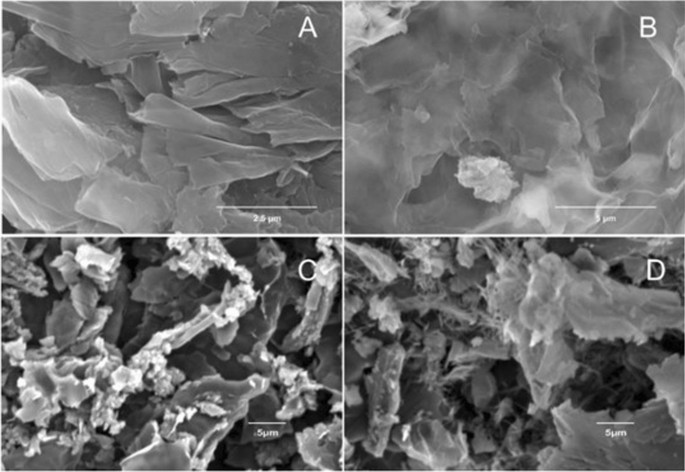
A recent development in graphene-like films introduces a unique approach for the controlled incorporation of specifically designed defects, permitting customized material characteristics suitable for diverse applications. Although typically viewed as unfavorable, defects in graphene can improve its chemical, electronic, mechanical, and magnetic properties.
A research team led by Reinhard Maurer from the University of Warwick and David Duncan from the University of Nottingham has created a revolutionary chemical vapor deposition (CVD) technique. This method incorporates defects directly during the growth stage, utilizing azupyrene—a precursor intended to replicate a Stone–Wales defect by integrating two pentagons and two heptagons in place of four hexagonal rings. These alterations affect the interactions with the substrate and modify the material’s electronic and magnetic qualities.
The researchers adeptly controlled the proportion of these irregular rings by adjusting the temperature throughout the carbonaceous film growth on copper substrates. By employing sophisticated microscopes at Diamond Light Source and MAX IV, they examined the atomic configuration of the defective graphene. Elevated temperatures resulted in structures resembling pristine graphene, featuring continuous monolayers devoid of heteroatom contamination—a significant enhancement over conventional post-processing techniques.
This cutting-edge methodology opens new avenues for graphene with engineered defects, creating fresh possibilities in nanoelectronics, gas sensing, and catalysis, where exact reactivity and electronic properties are vital.